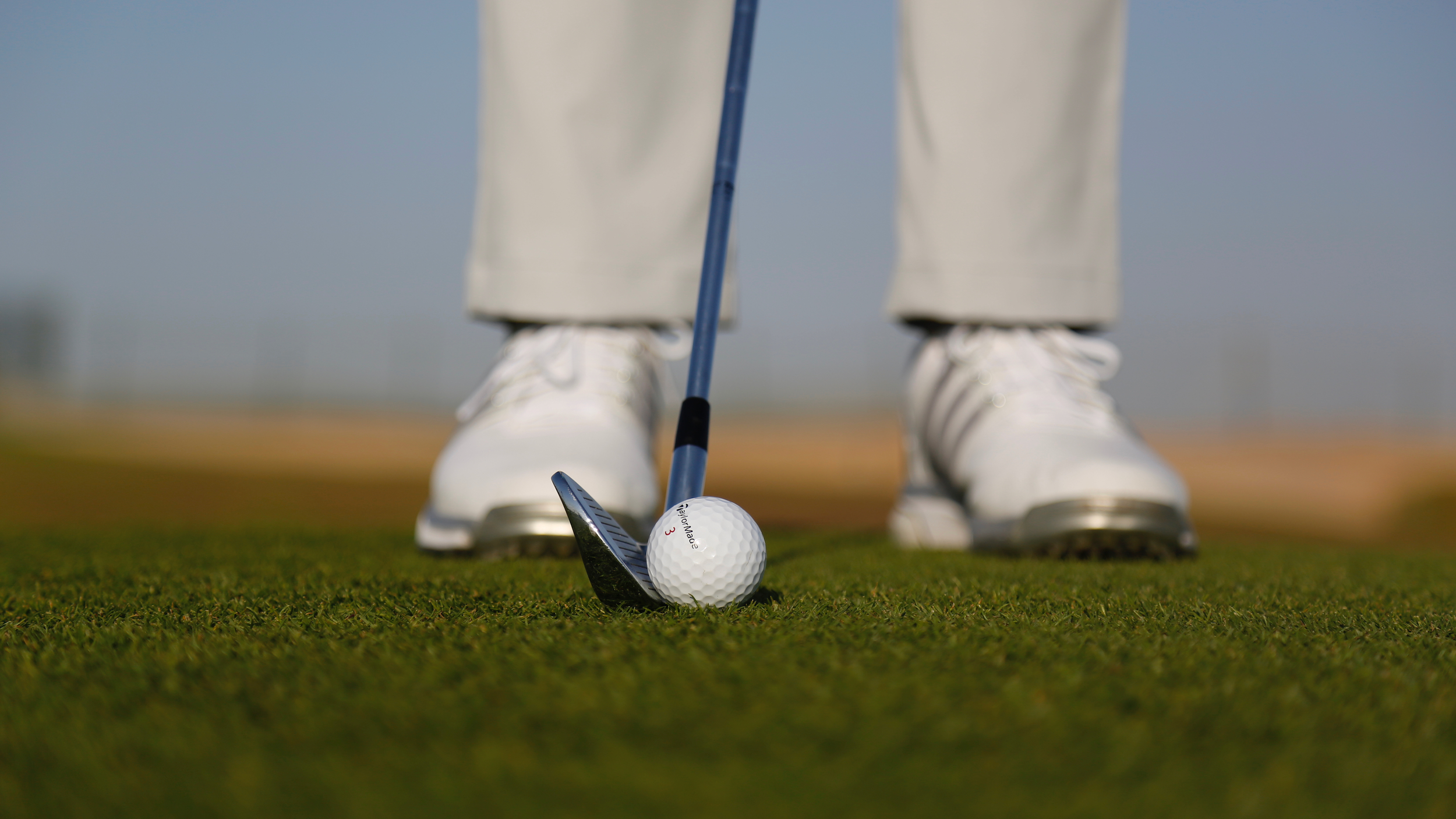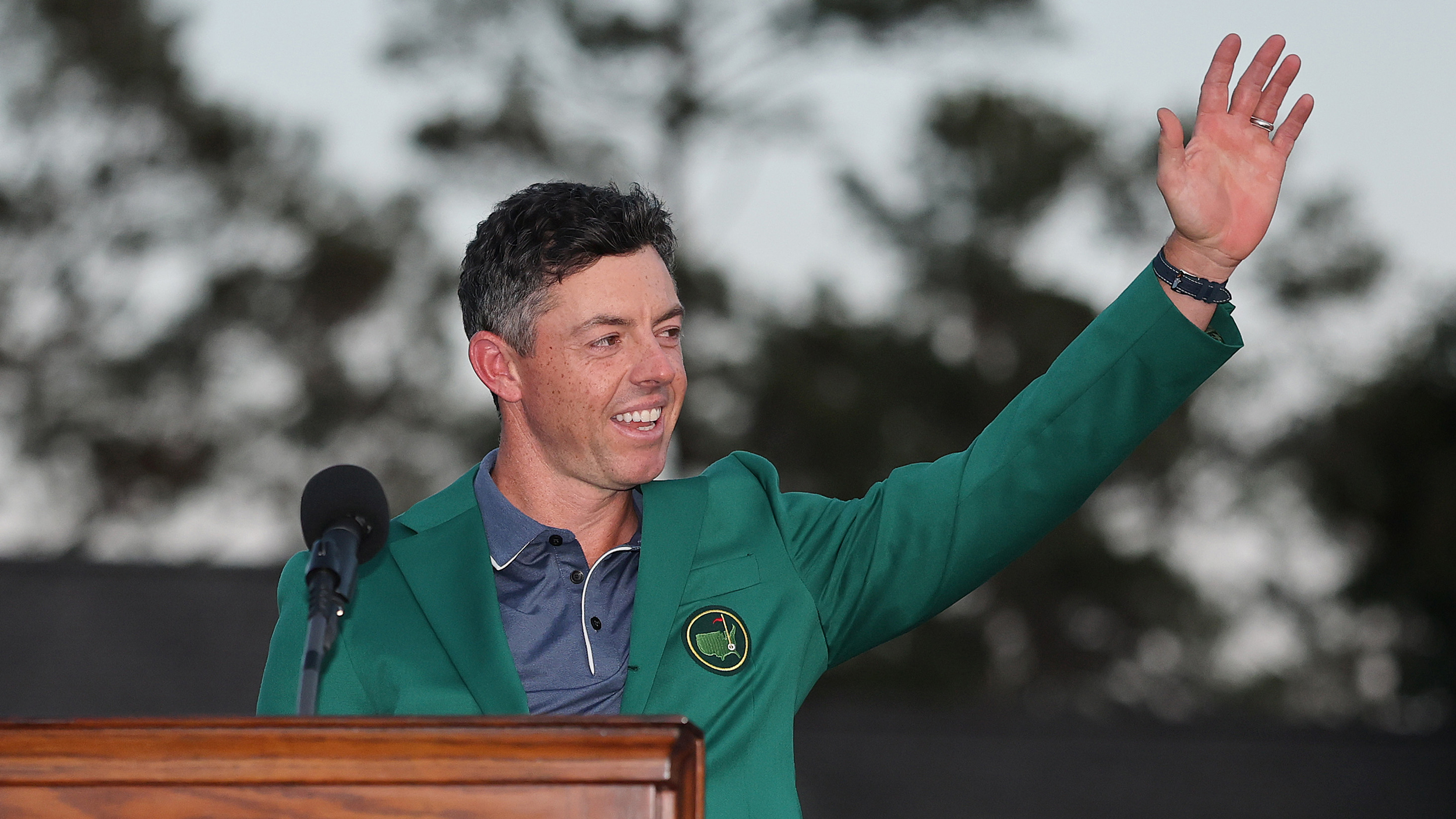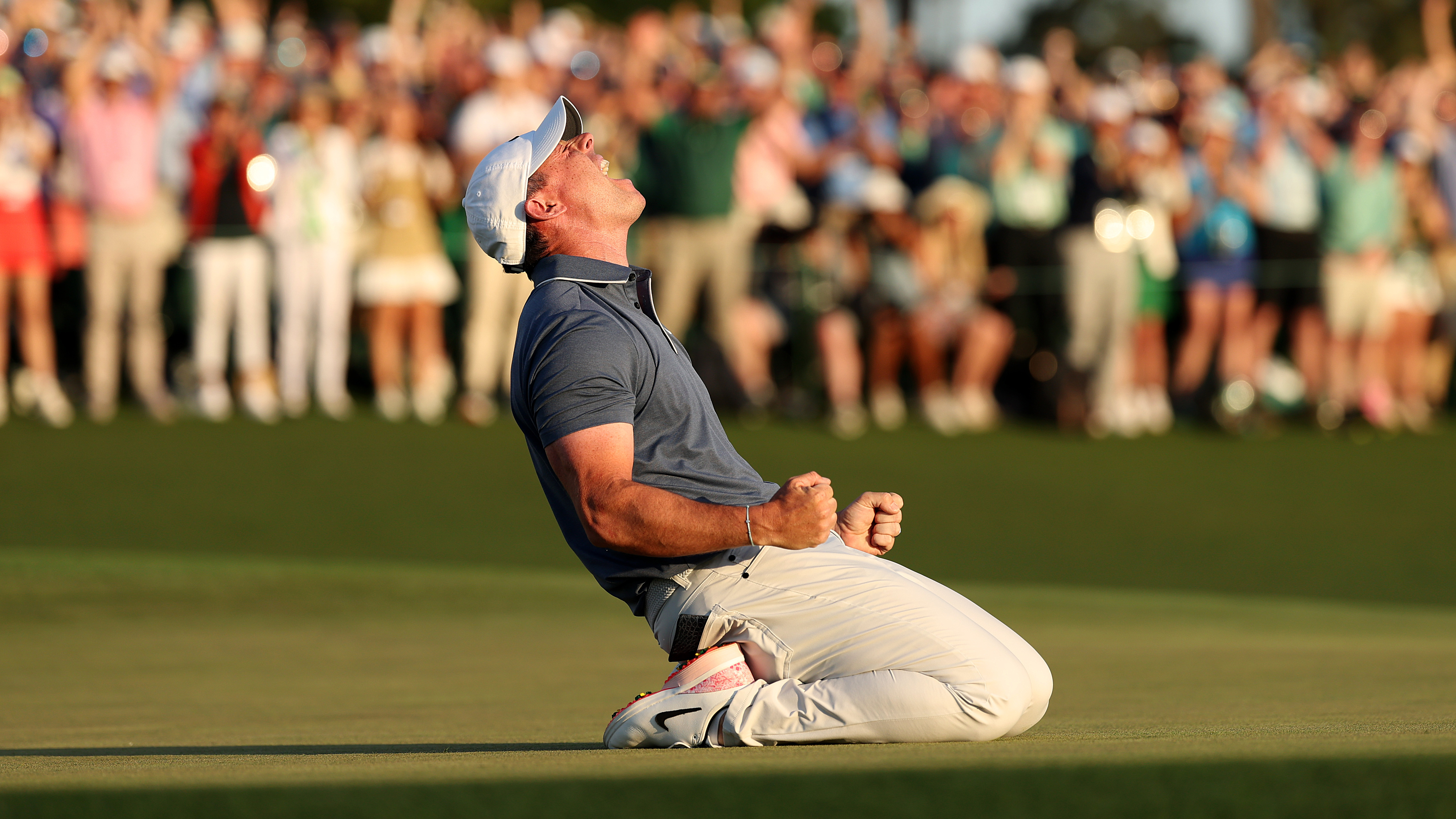What Happens After A Double-Hit Or If Your Ball Is Deflected By Something Else?
We've all been there but it's important you know what to do. We'll help you under Rules 10a and 11


It's one of the most comical sights in golf. You watch your best friend address a delicate chip from an uphill lie, only to decelerate and send the ball sideways as a result of a double-hit. Or you watch a thinned bunker shot rocket over the green at the speed of light and ricochet off a golf bag before resting in places unknown. Whilst it certainly is hilarious, it's important you know what to do when it happens. Lucky for us, what used to be a complex rule is now relatively simple.
Fun and games aside, Rules 10a and 11 cover what to do if you accidentally hit the ball twice or a ball in motion hits a person, animal, equipment or anything else on the course. What used to be a penalty regardless is now all about intent. When it happens accidently, there is no penalty and the player must accept the result, whether favourable or not, and play the ball from where it comes to rest. This is true even if the ball hits the player, their equipment (such as a golf bag or a rake), an opponent or any other person (like a caddie).
Intent And Penalty
Using Hunter Mahan as an example, he would not have incurred a penalty if the event had taken place today because he didn't show any intent. A player incurs a general penalty (loss of hole in match play or two penalty strokes in stroke play) if they deliberately deflect or stop any ball in motion. This is true whether it is their own ball or a ball played by an opponent or other player.
If intent is established, it must not be played as it lies. The player must take relief within one club-length of the estimated spot where the ball would have come to rest if not deflected or stopped. As always, it must be no nearer the hole.
If the intentional deflection occurred on the putting green, the same penalty applies but the stroke does not count and the ball must be replaced on its original spot (which if not known must be estimated).
A post shared by Hannah Davies (@hannahdaviesgolf)
A photo posted by on
As impressive as this may be, it is a great example of intent. In this example, the general penalty would be applied with the ball next played within one club-length of the estimated spot where the ball would have come to rest if not deflected.
Get the Golf Monthly Newsletter
Subscribe to the Golf Monthly newsletter to stay up to date with all the latest tour news, equipment news, reviews, head-to-heads and buyer’s guides from our team of experienced experts.

James joined Golf Monthly having previously written for other digital outlets. He is obsessed with all areas of the game – from tournament golf, to history, equipment, technique and travel. He is also an avid collector of memorabilia; with items from the likes of Bobby Jones, Tiger Woods, Francis Ouimet, Arnold Palmer, Lee Trevino, Adam Scott and Ernie Els. As well as writing for Golf Monthly, James’ golfing highlight is fist bumping Phil Mickelson on his way to winning the Open Championship at Muirfield in 2013. James grew up on the east coast of England and is the third generation of his golfing family. He now resides in Leeds and is a member of Cobble Hall Golf Club with a handicap index of 1.7. His favourite films are The Legend of Bagger Vance and Tin Cup.
-
 Rory 2.0 Was Born At The 2025 Masters... McIlroy Is Now Free Of His 11-Year Major Burden
Rory 2.0 Was Born At The 2025 Masters... McIlroy Is Now Free Of His 11-Year Major BurdenThe Northern Irishman dug deeper than he ever had to get over the line and finally seal the missing green jacket to his career grand slam puzzle
By Elliott Heath Published
-
 Rory McIlroy Wins The Masters In Playoff To Complete Career Grand Slam
Rory McIlroy Wins The Masters In Playoff To Complete Career Grand SlamThe Northern Irishman battled past Ryder Cup teammate, Justin Rose to finally seal his first Masters title and become the sixth man to win all four men's Majors
By Jonny Leighfield Published